The launch of the Radeon RX 9070 XT is part of AMD's current strategic approach, primarily targeting the mid- to high-end segment and deliberately avoiding a race for the ultimate flagship product to focus on the larger sales volumes in this category. Just like the RX 9070, this graphics card aims to compete with NVIDIA's competing offerings with a clear objective: to offer the most attractive performance/price ratio possible and beat the RTX 4070 Series, but also the new RTX 5070 and 5070 Ti.
The manufacturer also presented detailed benchmarks results when announcing its new range of graphics cards a few weeks ago, highlighting the positioning of the RX 9070 series against the competition and allowing users to easily compare the capabilities and features of its new cards. The new nomenclature adopted by AMD also aims to clarify the positioning of its products in relation to those of NVIDIA. The Radeon RX 9070 XT mainly targets Full HD and 4K definitions; According to AMD, this graphics card would be on par with the brand's previous flagship cards, the Radeon RX 7900 XT and RX 7900 XTX, in terms of raw power.
The Sapphire Nitro+ Radeon RX 9070 XT OC at the best price
AMD does not offer reference cards, leaving the entire initial offering in the hands of its partners. So it's a model from Sapphire, the Radeon Nitro+ RX 9070 XT OC, which will serve as the basis for this test. Note that this is a factory overclocked model, even if in reality the difference with a reference model remains quite negligible. In short, it's time to get to the heart of the matter: what is this new Radeon RX 9070 XT really worth, offered at a recommended retail price of 690 euros?
Radeon RX 9070 XT: RDNA 4 architecture arrives
The Radeon RX 9070 XT is based on AMD's brand new RDNA 4 architecture; the card thus includes a Navi 48 graphics chipset engraved in 5nm by TSMC using its N4P process. The monolithic chip features 64 compute units (or Compute Units) specifically optimized and designed to deliver better performance than the previous generation compute units found in the Radeon RX 7900 XT and XTX.
The RDNA architecture 4 brings significant improvements to the shader pipeline, register management, and the memory subsystem, ensuring better use of hardware resources. For example, the efficiency of the computing units has been optimized compared to the RDNA 3 architecture, by increasing the number of active tasks per clock cycle thanks to a more homogeneous distribution of instructions within the pipeline. The execution units also benefit from more precise control, in order to more efficiently process calculations in the different possible precisions (INT4, INT8, FP16, or FP32). For their part, registers are now dynamically allocated according to the complexity of the tasks, optimizing the use of the available register bank.
RDNA 4 also integrates third-generation ray tracing accelerators, whose throughput per computing unit has been doubled compared to RDNA 3. In practice, this should significantly improve the performance of AMD's next-generation cards in games using ray tracing, an area where Radeons have until now been significantly behind GeForces.
The second-generation AI accelerators have also undergone a major overhaul, delivering up to 8 times more INT8 throughput for sparse matrices compared to the previous architecture. These AI units now support a wider range of operations, including FP8, INT8, BF8, and INT4 precisions, with increased performance for lower-precision calculations.
The RDNA 4 architecture, however, retains the same GDDR6 memory as the previous lineup: the RX 9070 series is equipped with 16 GB of memory clocked at 2518 MHz on a 256-bit bus, achieving an effective bandwidth of just over 640 GB/s. 64MB of low-latency, high-bandwidth cache memory – dubbed Infinity Cache by AMD – however, helps improve memory efficiency and overall performance, especially in scenarios where memory bandwidth is a limiting factor.
Reference operating frequencies have also been revised upwards, likely a consequence of the improvement of the engraving process used. The Radeon RX 9070 XT thus displays a gaming frequency of 2400 MHz and a Boost frequency of up to 2970 MHz, all for a TBP (Total Board Power) announced at 304 watts. This theoretical maximum reference consumption may however vary significantly depending on the versions of the different manufacturers, some not hesitating to increase this value by around ten percent on their factory overclocked models.
RDNA 4 architecture is finally designed to optimally support AMD's upscaling and image enhancement technologies, including FSR 4 (FidelityFX Super Resolution 4). Compared to FSR3.1, this new version introduces a neural upscaling model based on machine learning, aimed at reconstructing image details from a rendering made at a lower definition. A competitor to NVIDIA's DLSS, FSR 4 is unfortunately only available in a limited number of games for the launch of the Radeon RX 9070 and RX 9070 XT.
Sapphire's RX 9070 XT Nitro+ OC in detail
Sapphire's Nitro+ range is renowned for its sleek aesthetics that highlight the card's high-end character; With its bold, modern, and aggressive design, smooth finish, and precise assembly, the Nitro+ RX 9070 XT OC is no exception. Occupying three full expansion ports and featuring a cold-rolled steel chassis that ensures reinforced structural rigidity, Sapphire's card inspires robustness and makes the build quality immediately noticeable. However, it won't fit into just any case: its dimensions of 33.1 x 16.6 cm are rather imposing, and its weight reaching 1.59 kg on the scale requires the presence of a support among the accessories supplied with the card.
Factory overclocked, the RX 9070 XT Nitro+ displays a TBP (Total Board Power, or the card's theoretical maximum consumption) of 330 watts, a value significantly higher than the 304 watts of the reference model. In return, the Sapphire card allows itself to offer maximum Game and Boost frequencies of 2520 MHz and 3060 MHz respectively. As a reminder, AMD's recommendations for the RX 9070 XT are 2400 MHz for the Game frequency, and 2970 MHz for the Boost frequency.
The long ARGB light bar LED on the front panel provides an attractive display when the card is in operation, provided you are a fan of RGB. The manufacturer's TRIXX software offers complete customization of lighting effects, and an ARGB connector allows this lighting to be synchronized with the motherboard and other compatible peripherals.
Sapphire has also paid particular attention to practicality with the integration a removable metal backplate. This is not only ventilated to promote heat dissipation but also equipped with openings to facilitate the passage of power and ARGB cables. Even more innovative, it is magnetic to simplify its installation and removal. The The Sapphire RX 9070 XT's heat dissipation relies on a massive cooling system, including a large radiator and three 100mm dual-ball-bearing axial fans. These feature a specific design called AeroCurve, with seven blades joined at the periphery and slightly raised to optimize airflow and cooling efficiency. The fans can also be easily removed, facilitating cleaning.
Equipped with a PCI-Express 5.0 x16 interface like the GeForce RTX competitors, the Nitro+ RX 9070 XT OC has a cleverly integrated 12V-2x6 (12VHPWR) power connector that is hidden once the metal backplate is installed. A 3x8-pin to 12V-2x6 adapter is included with the card to ensure compatibility with older power supplies. The card also has two HDMI 2.1 outputs and two DisplayPort 2.1a ports, a more original choice than the more common configuration of three DisplayPorts and one HDMI. id="sapphire-nitro+-radeon-rx-9070-xt-oc-what-performance-in-game">Sapphire Nitro+ Radeon RX 9070 XT OC: what performance in game?
To test this Radeon RX 9070 XT from Sapphire, we use a configuration adapted to the gaming market, powerful enough to let the graphics card express its full potential. It includes an AMD Ryzen 9 7950X processor, an Asus ROG Strix X670E-F Gaming WiFi motherboard, 32 GB of DDR5-5200 memory from Kingston in CL16, a BeQuiet! Pure Power 11 FM 1000W power supply, a BeQuiet! cooling system Pure Loop 2 FX 240 and a 4TB Samsung 990 Pro SSD, all installed in a BeQuiet! Pure Base 500 enclosure. All measurements were taken with the enclosure closed to obtain values similar to those any gamer would obtain at home.
The game panel used to measure the performance of this graphics card includes more or less recent and demanding titles, based on various 3D engines: Cyberpunk 2077 (REDengine 4), Black Myth: Wukong (UE5), Hogwarts Legacy (UE4), Forza Motorsport (ForzaTech), Marvel Rivals (UE5), Shadow of the Tomb Raider (Foundation) and The Riftbreaker (Schmetterling). The measurements were carried out under Windows 11 24H2 in Full HD, QHD and 4K UHD with different graphics settings.
Performances in FHD
Regardless of the graphics settings chosen, the Saphire RX 9070 XT never struggles in Full HD and offers a decent frame rate that is sufficient for the vast majority of gamers. It proves faster than the RX 7900 XTX in all the titles we tested, and regularly places itself between the RTX 5070 Ti and the RTX 5080, or even sometimes above the latter... as long as we don't talk about ray tracing. While the RDNA 4 architecture is indeed more efficient than RDNA 3 with this type of rendering, this is not always enough for the RX 9070 XT to compete on equal terms with the competition. Depending on the game, AMD's new graphics card will be positioned between the RTX 5070 and the 5070 Ti.
Performances en QHD
The RX 9070 XT's QHD performance is also more than sufficient for any gamer, even at the highest graphics settings. The card is generally faster than the RX 7900 XTX, especially when ray tracing is enabled. Compared to the competition, the 9070 XT sits between the RTX 5070 Ti and the RTX 5080, with one exception: Black Myth: Wukong with ray tracing. It must be said that the title from Game Science studio is known for giving Radeons a hard time in these conditions...
Performances en 4K
In 4K UHD, the RX 9070 XT once again performs slightly better than the highest-end model of AMD's previous generation. Compared to the GeForce RTX, it manages to maintain its place between the 5070 Ti and 5080, with a handful of exceptions where the RTX 5070 Ti slightly overtakes it. Overall, this RX 9070 XT proves itself to be suitable for this definition, with a frame rate above 60 frames per second in all the titles in our test panel.
Performance with FSR and Frame Generation
Cyberpunk 2077 UHD 4K
Marvel Rivals UHD 4K
Hogwarts Legacy 4K
Black Myth: Wukong UHD 4K
The Radeon RX 9070 data-start-index="2145">neural based on machine learning. Unfortunately, too few titles are currently compatible: only one game in our panel is, with performances identical to those offered by FSR 3.1. This previous version of FSR is no less effective since it manages to completely compensate for the drop in performance caused by the activation of ray tracing in games, with the exception once again of Black Myth: Wukong.
Aside from this title, the Radeon RX 9070 XT is powerful enough to deliver decent framerates in 4K with ray tracing when FSR is used, and frame generation – when available – even allows for exceeding 120 frames per second in many games.
And artificial intelligence in all this?
In terms of raw performance, the Radeon RX 9070 XT is theoretically capable of rivaling some of NVIDIA's offerings: the integration of 128 AI accelerators offering a powerful of 1557 TOPS represents a notable improvement over the previous generation. Unfortunately, our tests tend to show that AMD is still a little behind in this area, with results well below our expectations in the Procyon benchmark.
Unlike GeForce RTXs, which can use the TensorRT API, the RX 9070 XT uses Microsoft's Windows ML software interface. It is therefore possible that future driver upgrades could provide increased performance.
Our opinion on noise pollution and consumption
With peak consumption reaching 330 watts, one might have feared that noise pollution would soar: this is not the case. Completely silent at rest with its fans stopped, the Nitro+ RX 9070 XT OC continues to take care of our ears at full load with only 29.9 dB(A) measured (case closed, taken at a distance of 50 centimeters)!
The cooling system made by Sapphire is therefore shown extremely efficient, especially since it also manages to keep the graphics chipset cool: after 15 minutes of running Furmark, the GPU temperature is stabilized at 62°C. The only downside is that the noise from the coils can be quite irritating at times, especially when the graphics card is running at full power and the frame rate is high.

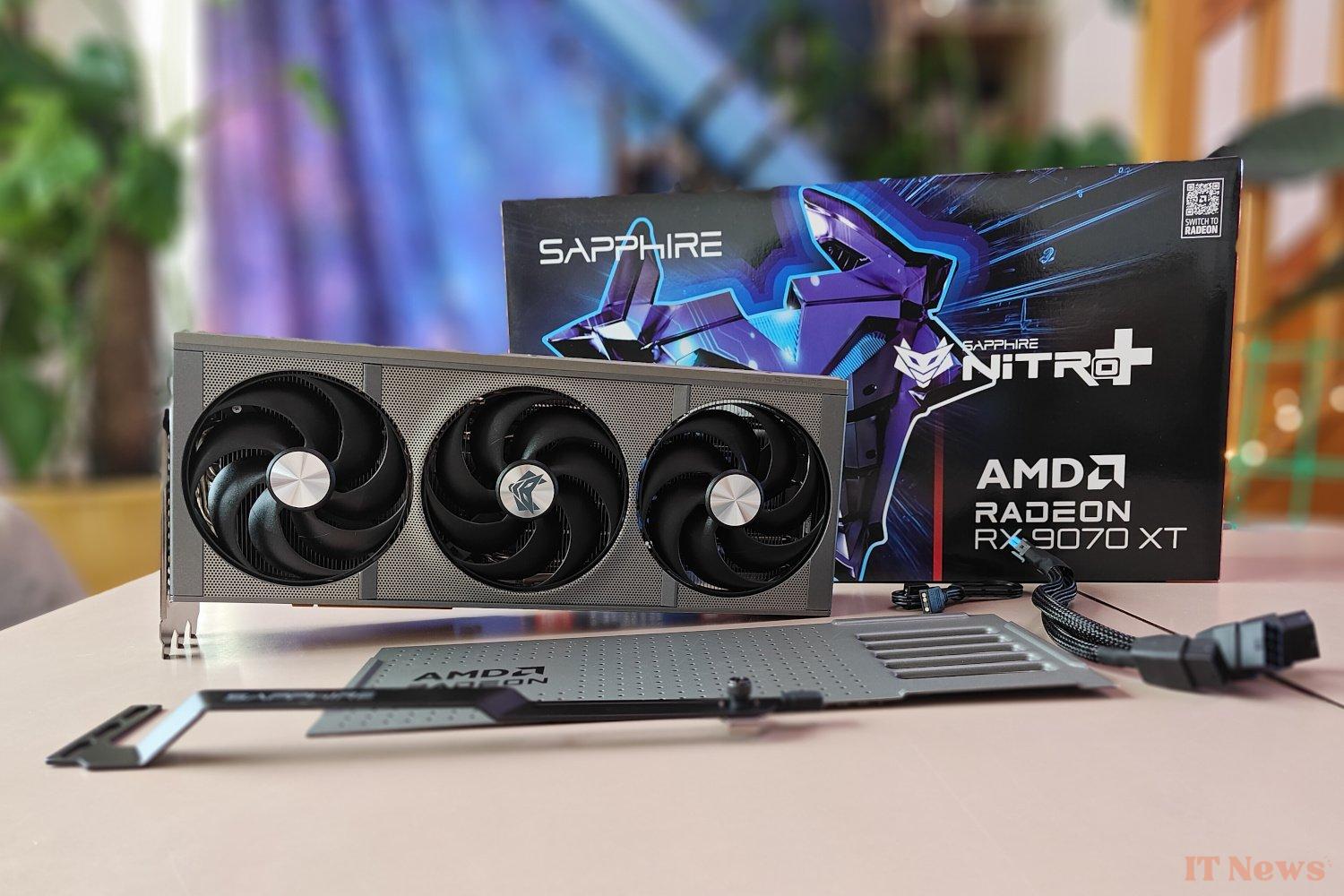
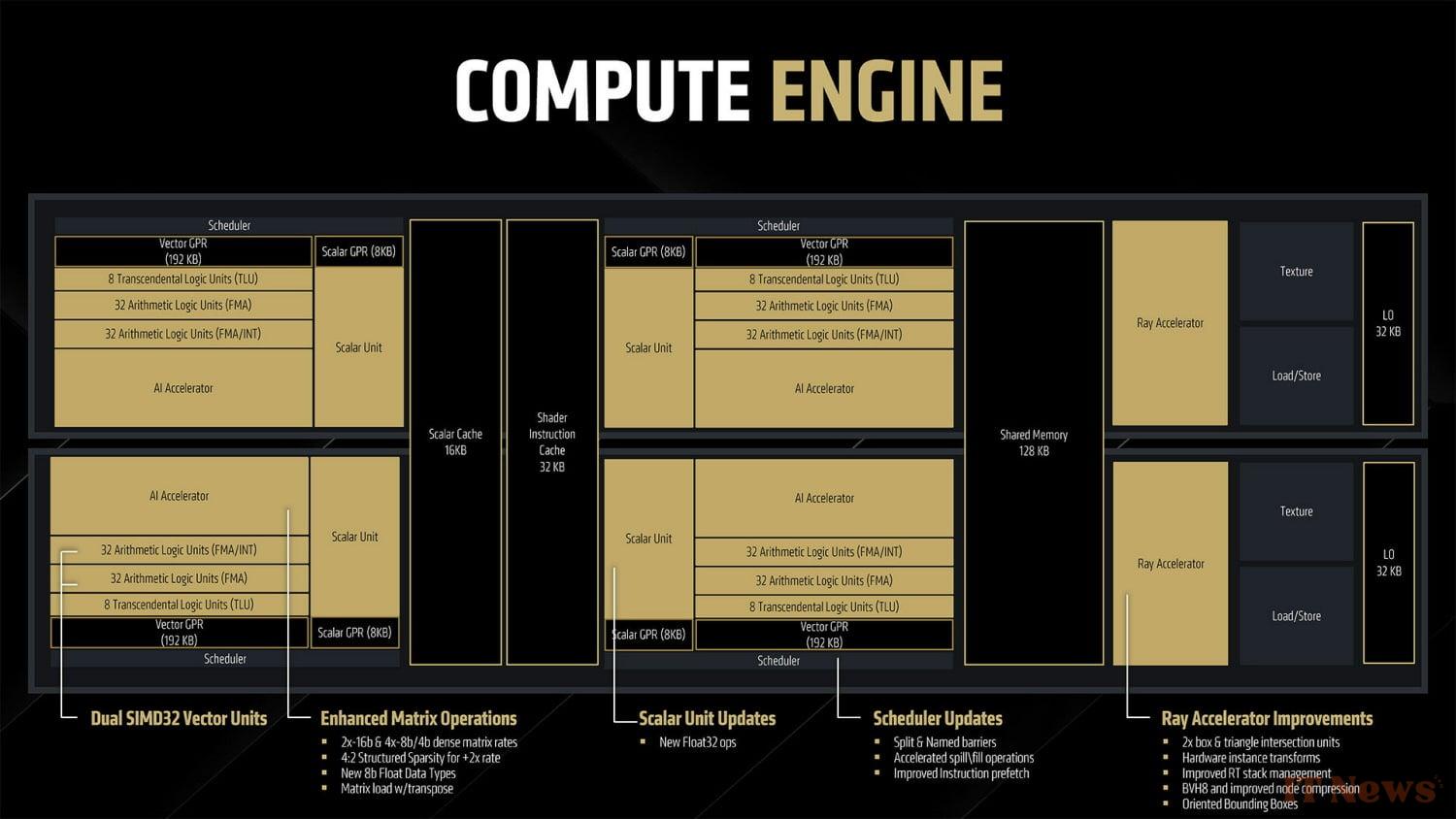
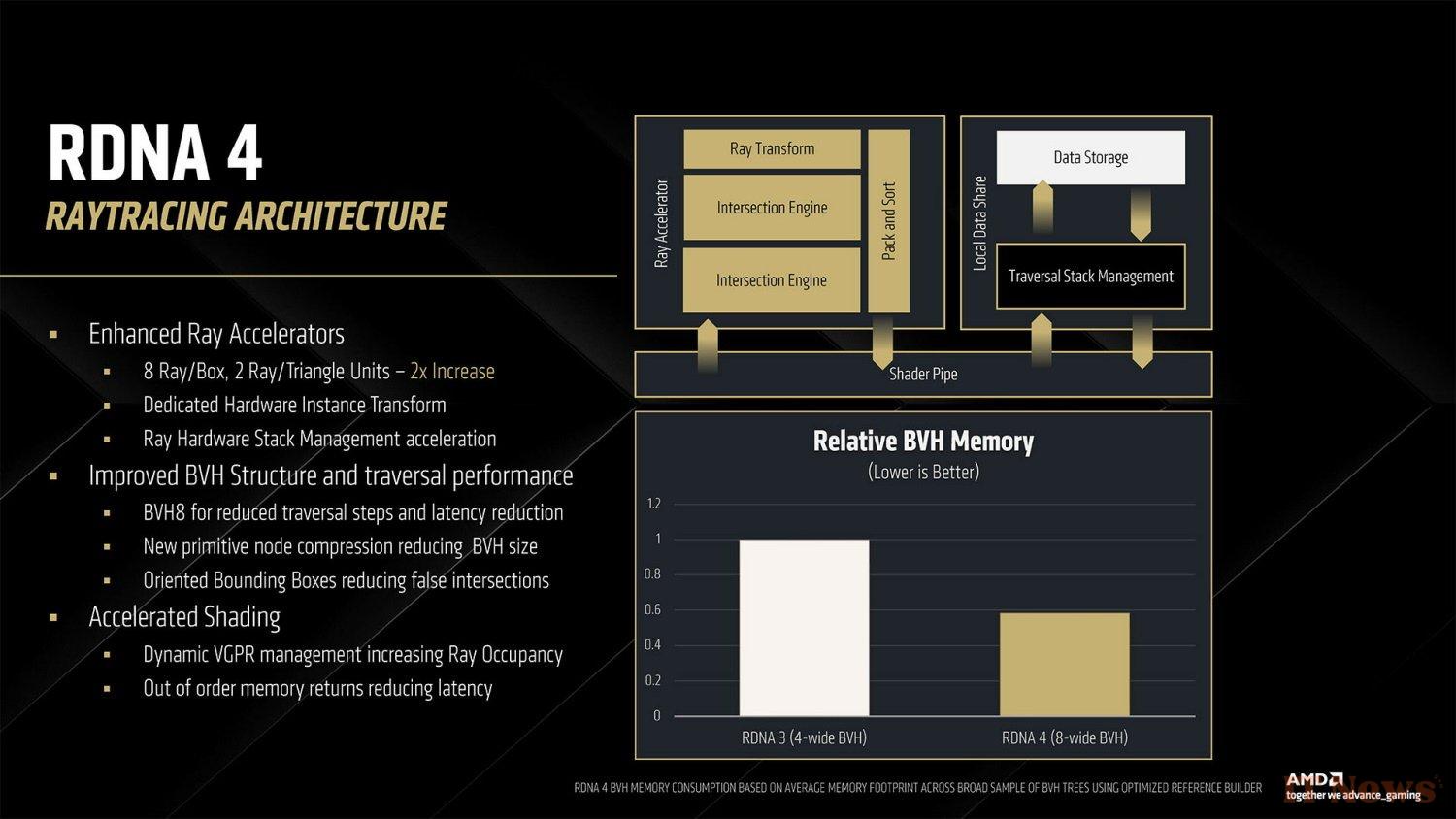
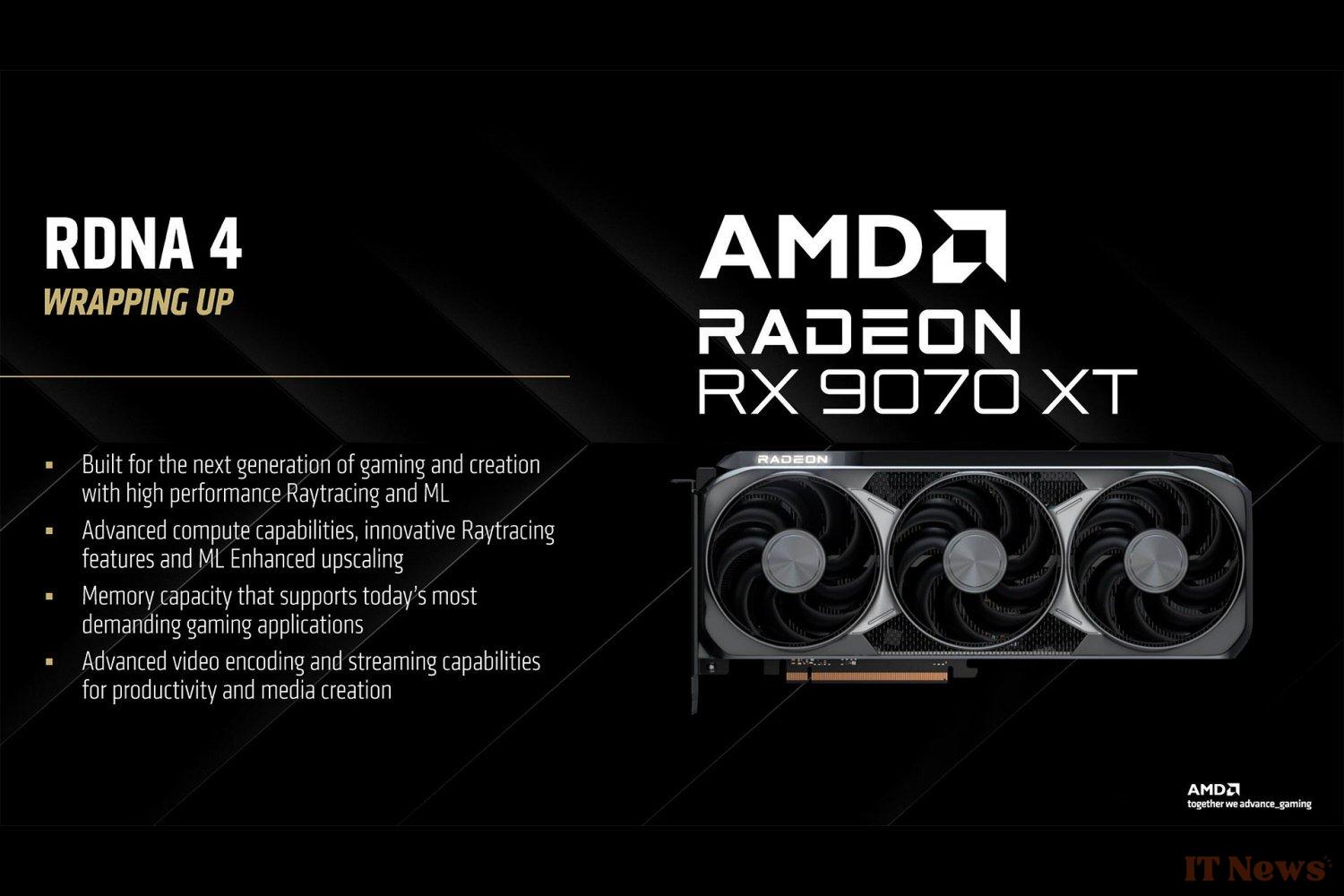
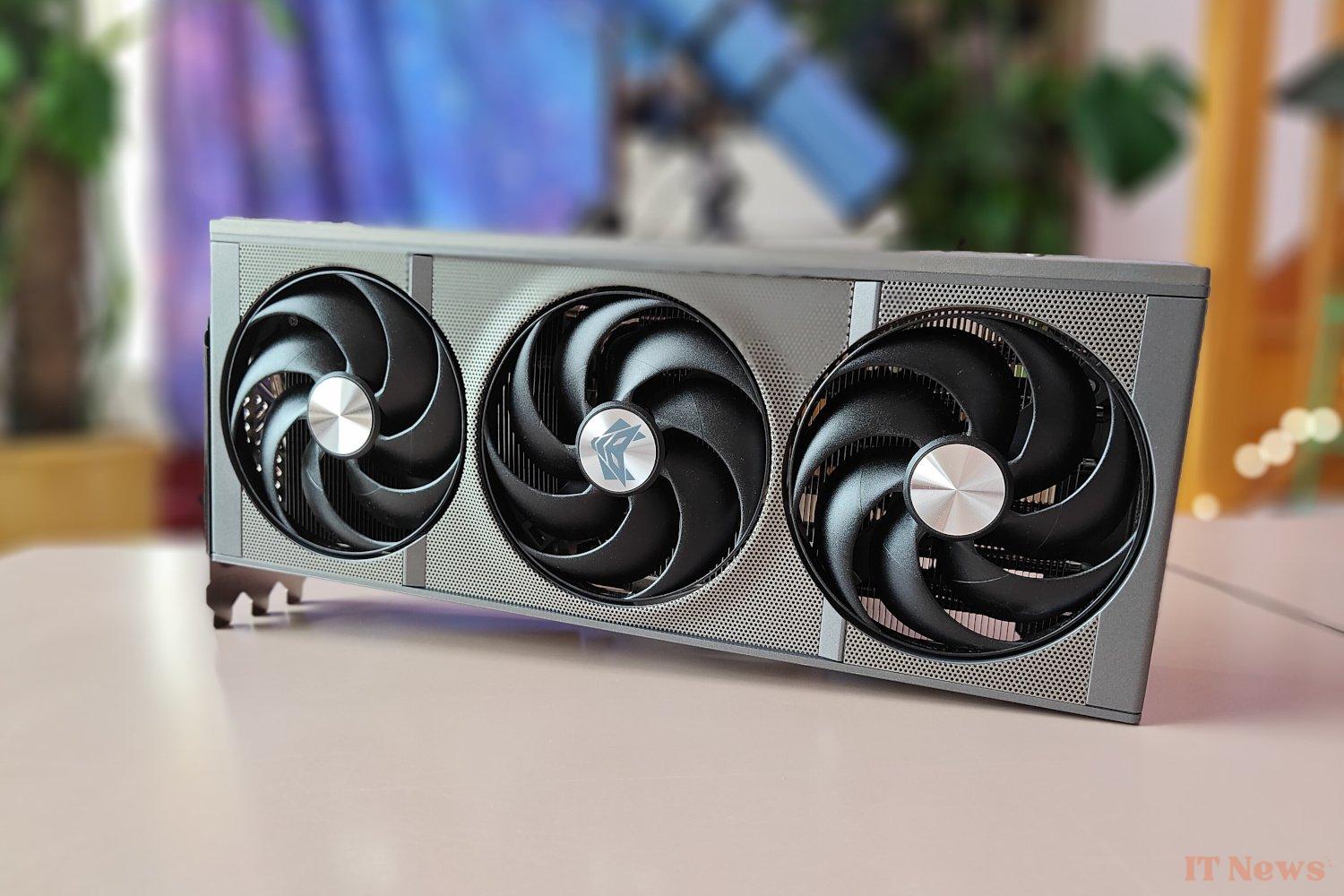
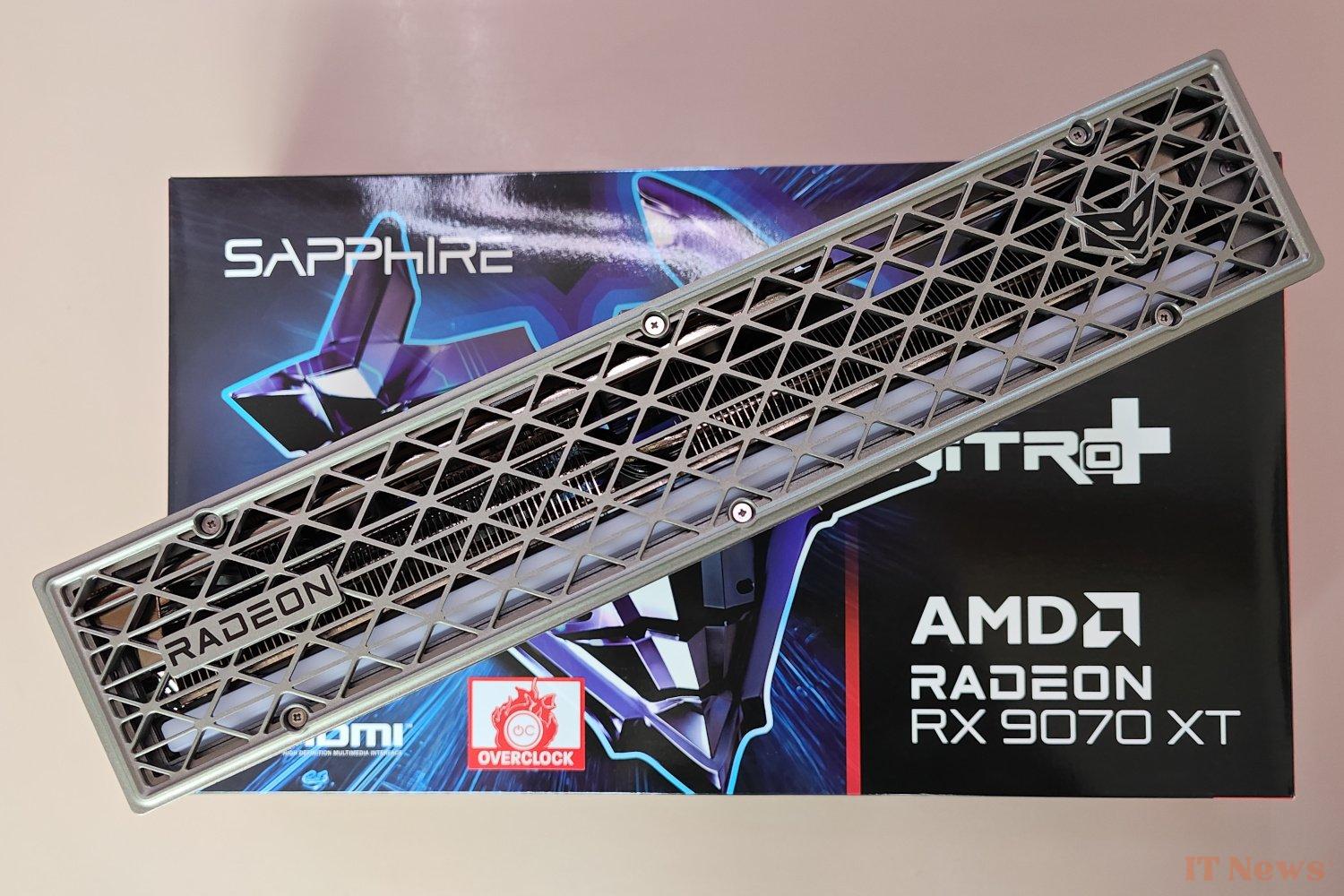
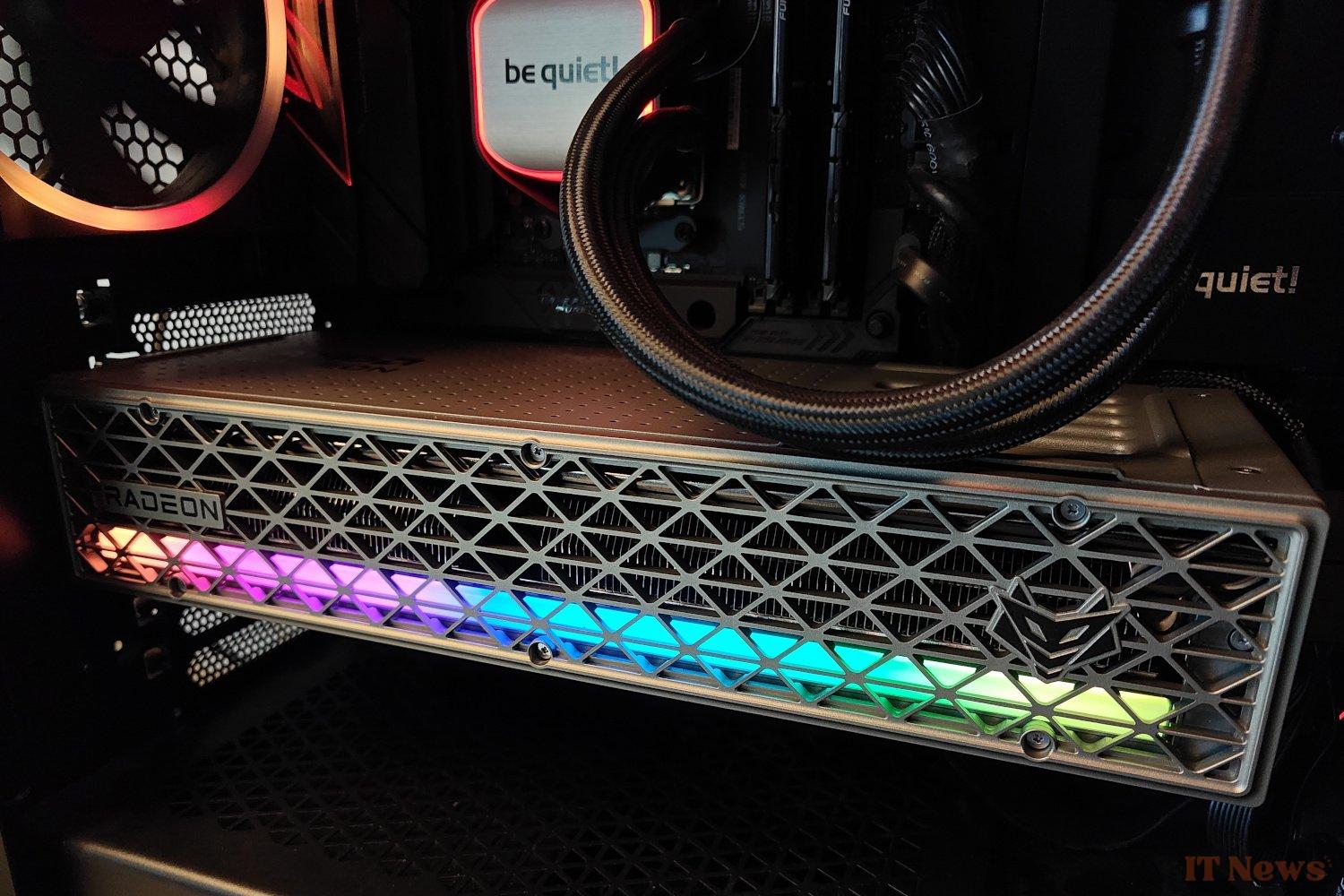
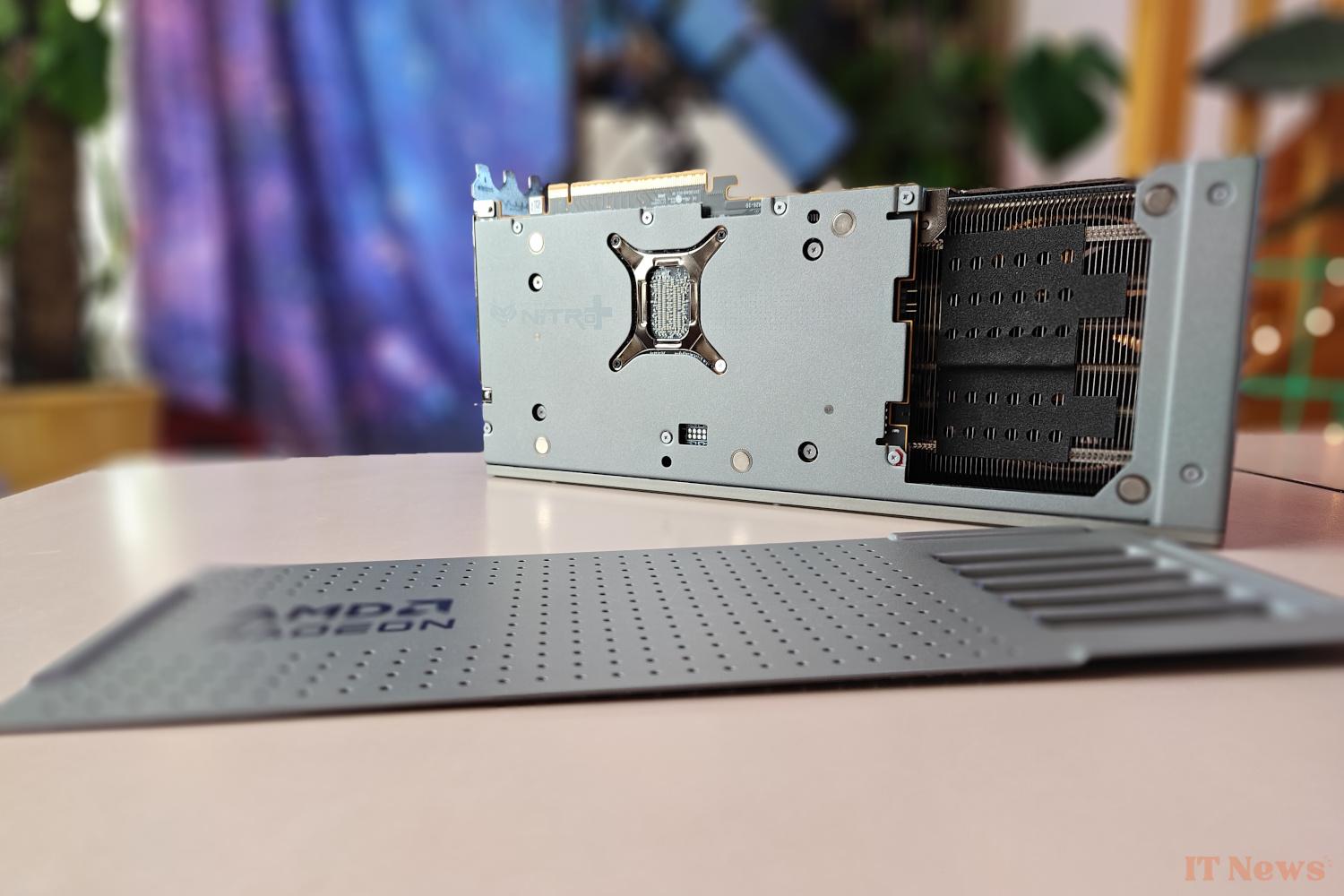
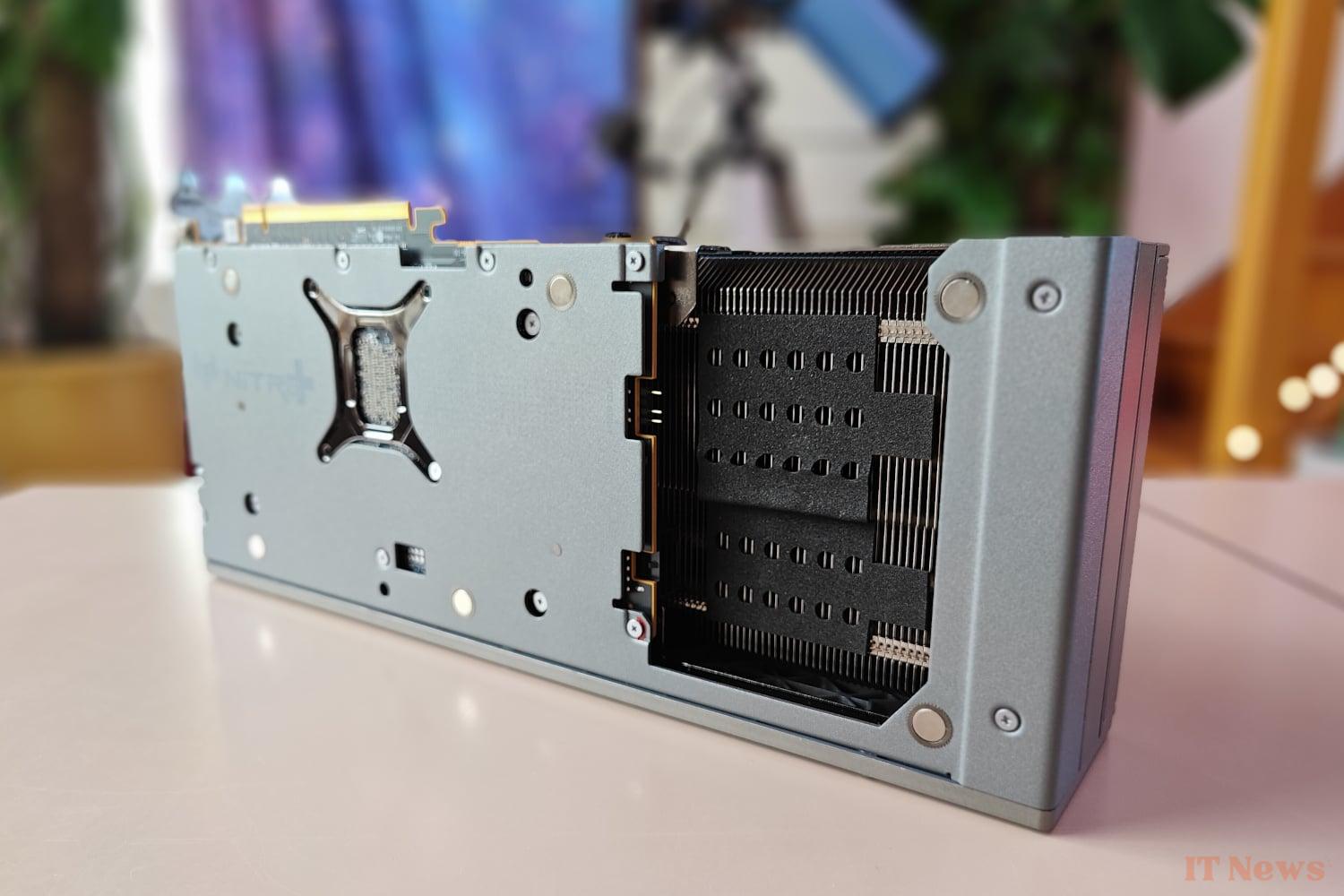
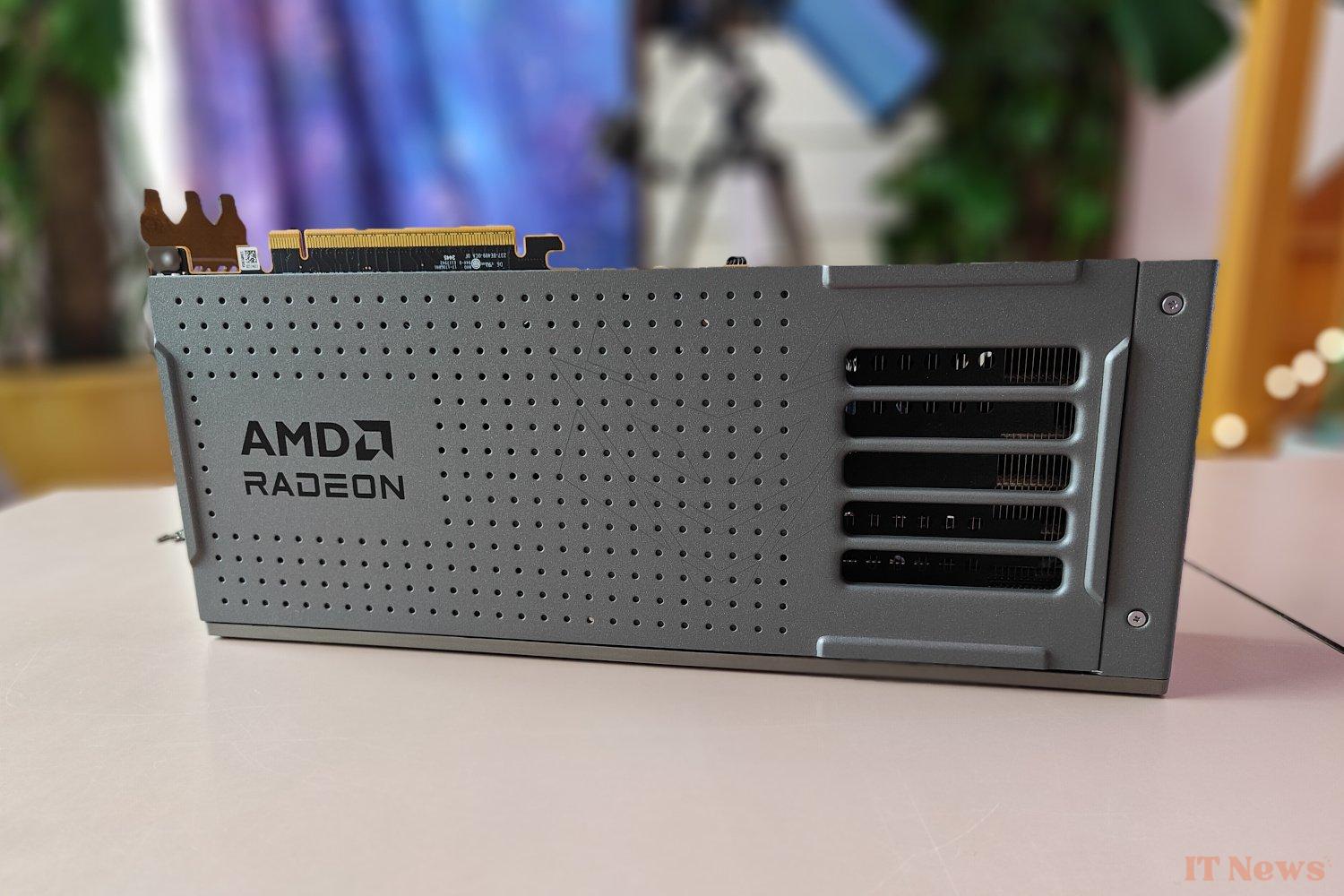

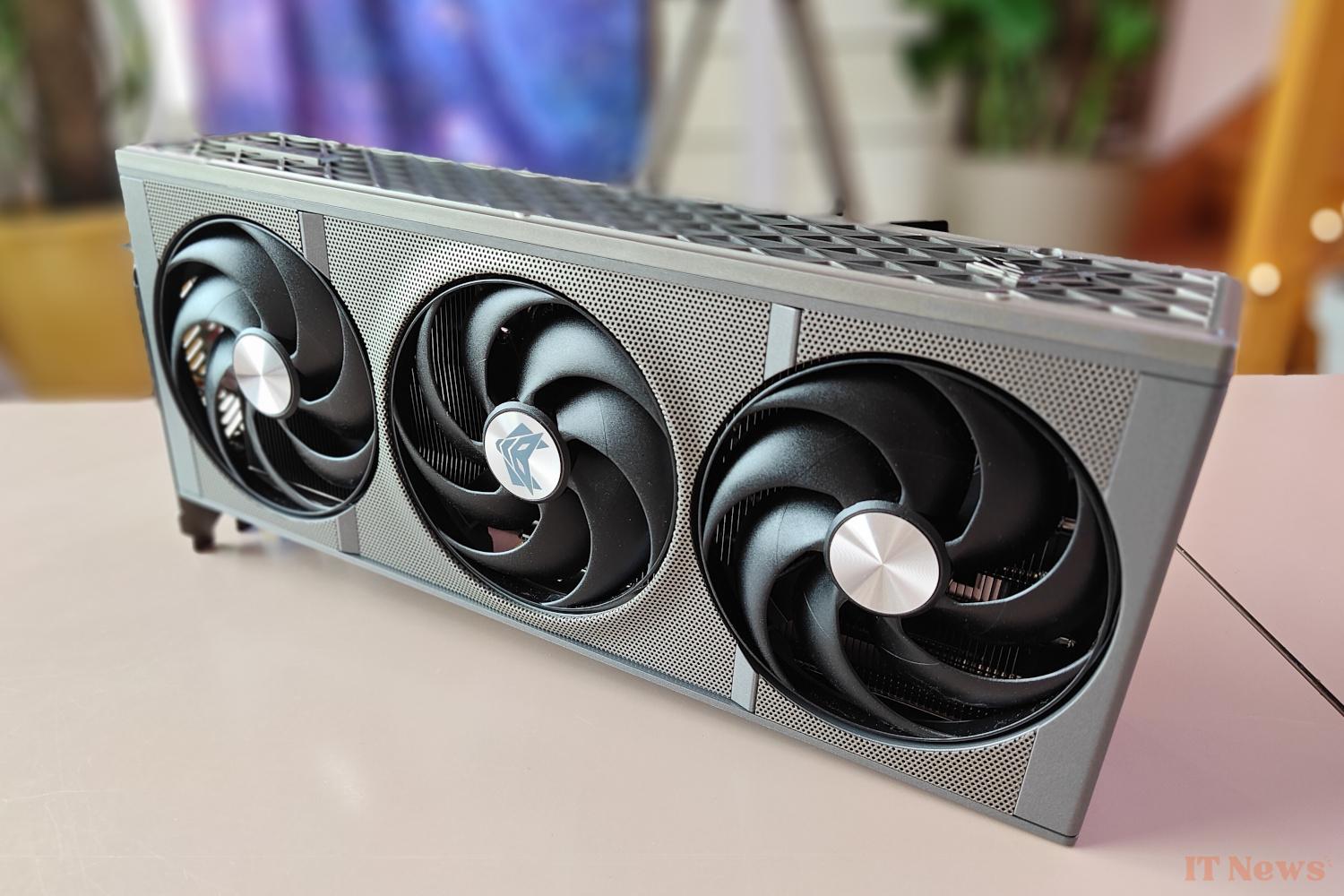

0 Comments